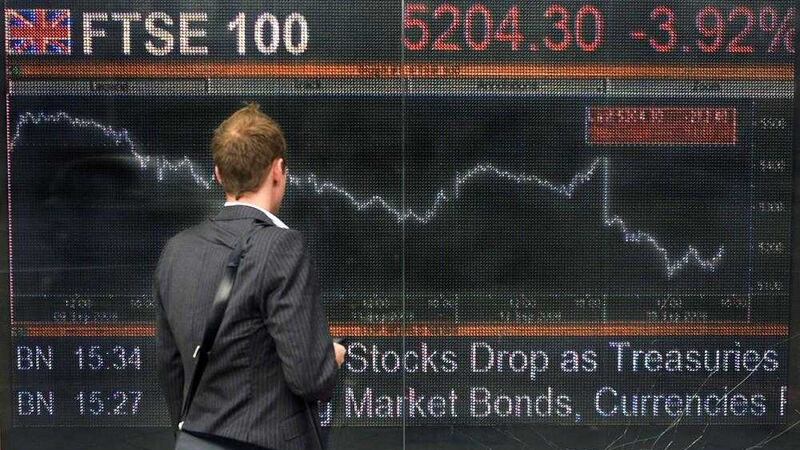SINCE the beginning of the year the FTSE 100 index has fallen by 1.87 per cent (as at time of writing), - not an inspiring picture for investors.
We have in truth seen a rather dismal performance over the winter months with the market moving sideways. Having reached May we are faced with probably the most well-known stock market adage: “sell in May and go away”, but should we pay attention to this in 2016, bearing in mind the less than impressive performance?
The old saying is based on the theory that stocks perform much better in the period November to April than between May and October. This year we have seen a fall between the end of October and the start of May, but this does not necessarily mean that the old rule does not apply.
There is some logical basis for this theory: the lighter evenings increase appetite for risk, thus causing shares to become overpriced in the spring. Having witnessed a strong rise since the middle of February this could indeed hold true this year. Naturally this rule does not apply every single year: share prices are volatile and between 1966 and 2015 we saw ten winters when share prices fell.
It is interesting to note that in the summers that followed we did not see an immediate rebound in the stock market, in fact just the opposite: a poor performance between November and May was usually followed by a poor performance over the summer.
This is a somewhat depressing message for investors: the options for good returns are limited and with no signs of a pick-up any time soon in interest rates, it looks to be a somewhat bleak outlook. Low interest rates are indicative of rather muted prospects for the economy: also not a climate in which equities prosper.
Looking at what is facing us in the months ahead, there are certainly a lot of uncertainties – the most obvious for the UK and indeed the wider European Union is the referendum in June. There has also been a great deal of speculation that amongst the larger companies there may be a number of dividend cuts still to come.
The FTSE 100, for instance, has a dividend yield of 4.06 per cent but this is not covered by earnings: cover is currently 0.75 per cent, a worrying statistic. The market rise since February has taken place against a backdrop of flat or declining earnings, resulting in a rise in the traditional measure of price to earnings valuations.
On the positive side, while we are facing headwinds in the short term, there are some reasons for optimism: the recovery in oil and commodity prices will have an impact in commodity based sectors (and indeed countries); further potential weakness in sterling could help FTSE 100 earnings and equally a fall in the dollar is helpful for US corporations.
Deflation fears have eased, China has moved out of the spotlight (for now) and the US appears to be on slightly firmer ground. There is therefore, some logic in the theory of selling in May, but there are clear benefits to holding a balance of equities, bonds and cash.
:: Cathy Dixon is a director at the Belfast office of Cunningham Coates Stockbrokers, which is a trading name of Smith & Williamson Investment Management (SWIM)








